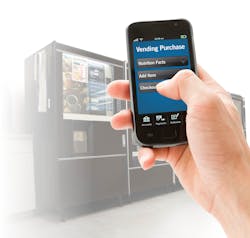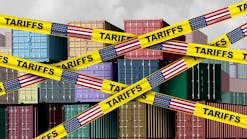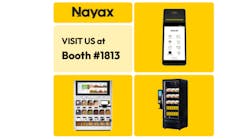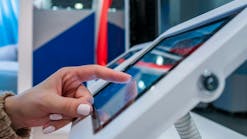27% Of The Eligible Population Is Using Mobile Payments, Says Auriemma Consulting Group
Source Auriemma Consulting Group
NEW YORK, NY--(Marketwired - May 31, 2016) - Back in October of 2014, Apple Pay was launched with great fanfare, and for almost a year it was the only game in town for consumers who wanted to pay with their smartphones. Since then it's been joined by Android Pay and Samsung Pay, with more branded mobile payment solutions, such as Walmart Pay and Chase Pay, waiting in the wings. But is anyone using them?
The answer, according to the latest Mobile Pay Tracker survey from Auriemma Consulting Group (ACG), is a qualified yes: about 7% of all smartphone owners* claim to have at least tried mobile payments. "It's important to remember that less than half the smartphones that US consumers carry are capable of mobile payments," says Marianne Berry, managing director of ACG's Payment Insights practice. "Among those with an eligible phone, 27% of consumers we surveyed say that they have used Apple, Android, or Samsung Pay."
However, that doesn't mean they can leave their wallets at home yet. Mobile pay users still put the lion's share of their purchases on old-fashioned plastic, since stores that accept mobile payments are still hard to find in the US: 39% say they would use mobile payments more if more stores/apps accepted it. 61% say their mobile pay usage is supplanting cash transactions, suggesting that the phones are being used for smaller purchases, confirmed by average ticket size -- one-third of those who have used mobile pay in the past week made a purchase of $25 or less. These transactions are made both in-app and in-store, except for Samsung Pay, which has yet to offer in-app payments. On average, users report that 17% of their discretionary spending was done with mobile pay.
Even when they find a store that accepts mobile pay, only one-third of mobile pay users (31%) pay that way every time they know it is accepted, most frequently citing that they simply forgot. "Reaching for the phone instead of the wallet isn't an automatic reflex, even for mobile pay enthusiasts," said Berry. "And even if they do remember, many will give up and use their plastic cards if they encounter friction at the point of sale, particularly if there are other shoppers in line behind them."
Mobile payments have been around for only a year, a fraction of the many decades that plastic cards have dominated. As the upgrade cycle puts the newest smartphones into the hands of more consumers, increasing numbers of them will have the opportunity to try out this new way of paying. "Overall satisfaction with mobile payments is quite high at 80%, despite complaints about low merchant penetration and inconsistent customer experience at point of sale," Berry stated. "But mobile payment has yet to reach the tipping point that will take it from novelty to norm."
Survey Methodology
The study was conducted online among 2004 consumers in the US with Apple Pay eligible (n=1,000), Android Pay eligible (n=838), and/or Samsung Pay eligible (n=327) smartphones between March 3 - April 7, 2016. Respondents were screened to own an iPhone 6/6+/6s/6s+ or Apple Watch (in combination with an iPhone 5/5C/5S) -- a Samsung Galaxy S6, S6 Edge/Edge+, S6 Active or Galaxy Note 5 -- and/or other Android phone with KitKat (4.4) OS or newer. All respondents also have a general purpose credit card in their own name. In addition to the quantitative web survey, twenty in-depth interviews (IDIs) were conducted March 21, 2016 - March 25, 2016 via telephone with Android Pay and Samsung Pay users recruited from the quantitative web survey. For this round of IDIs, the focus is or was on the Android and Samsung Pay users, and their usage and experience thus far.
* ACG conducted a standalone market sizing study in March 2016 among 1,100 US adults. Data was weighted by gender, age, race/ethnicity, household income, and education to be nationally representative of the entire US adult population (aged 18+).





